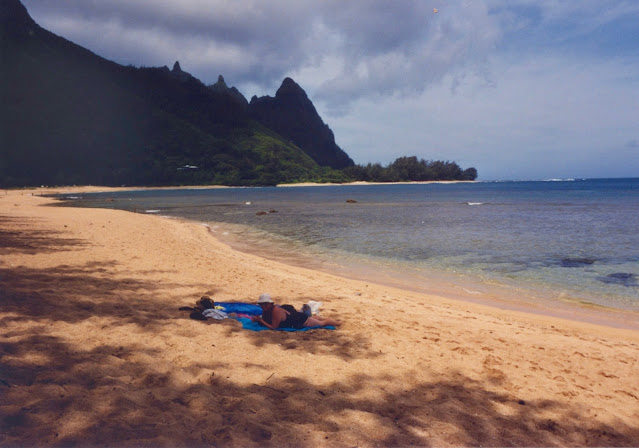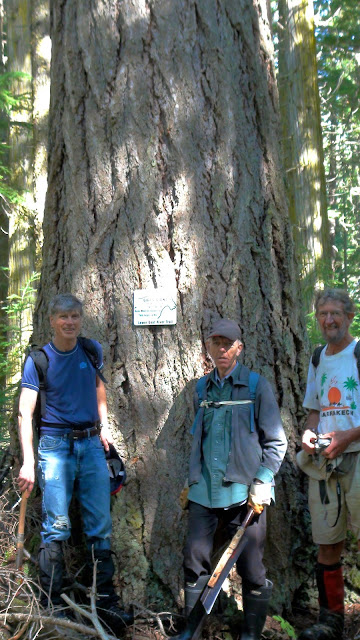We live beside a normally quiet road without much traffic, but that changes during the winter. Pickup truck, after expensive pickup truck, towing trailer, after expensive trailer, carrying snowmobiles, after expensive snowmobiles, come roaring past our house heading for a popular alpine snowmobiling area, so they can blast around in their loud machines in the snow. It is very unfortunate, but our little village of McBride has become a snowmobile destination.
This wasn’t always the case and I can remember how it started. When I was working for the Forest Service, one winter’s day the man who was in charge of recreation was flying over one of the large alpine in a helicopter. I think it was the helicopter pilot, after looking down, replied, “You could loose a hundred snowmobiles there.” The Forestry Recreation Officer pursued that discovery, thus sealing the end of peace in the winter alpine. Ever since, accessible local alpine areas are filled with screaming machines.
Now snowmobilers, most of which are from Alberta, are all over the alpine. Fueled by big engines and alcohol, they play a game called “High Marking”, where they drive straight up slide (avalanche) chutes to see who can make their machines go the highest. Occasionally, the avalanche comes down on them. Sometimes, they drive their snowmobiles out to the edge of the cliffs to look over the edge, not realizing they are no longer on the mountain, but on a cornice of snow. Snowmobilers die in the mountains every year.
In 2016, little McBride made international news after an avalanche, started by snowmobilers, buried and killed 5 other snowmobilers who were eating lunch below them. It is indeed a wonder that more aren’t killed considering the reckless behavior.
In the summer, after the snow melts away, and the snowmobilers leave, all of the beer cans, food wrappers, and snowmobile parts remain, littering what used to be a pristine fragile alpine. A friend who was hiking in the alpine one summer actually found a snowmobile that had been left up there. After reporting it to the police the whole story came out.
The snowmobile had engine trouble and quit running. The owner was able to ride out with someone else. The next day, they went back to get the snowmobile but couldn’t find it in the massive alpine, so they just reported it stolen and got the insurance money.
Now, snowmobilers, most of which are from Alberta, are all over the alpine. Fueled by big engines and alcohol they play a game called “High Marking”, where they drive straight up slide (avalanche) chutes to see who can make their machines go the highest. Occasionally, the avalanche comes down on them. Sometimes, they drive their snowmobiles out to the edge of the cliffs to look over the edge, not realizing they are no longer on the mountain, but on a cornice of snow. Snowmobilers die in the mountains every year. It is indeed a wonder that more aren’t killed considering the reckless behavior.
It is not uncommon to hear the motorheads remark, “I’d like to come back here in the summer with my ATV (All Terrain Vehicle).” I live in fear of that they would find an easy way up to the alpine, because that would be the death knell of the fragile, slow growing alpine. At least during the winter, most of the alpine plants are protected by the deep snow. The plants that struggle to grow in the extreme conditions of the alpine, are easily killed and not easily replaced. The BC government is too addicted to the Alberta tourist money and local rider pressure to put in restrictions to ATV’s in the alpine.
View my paintings at: davidmarchant2.ca

























